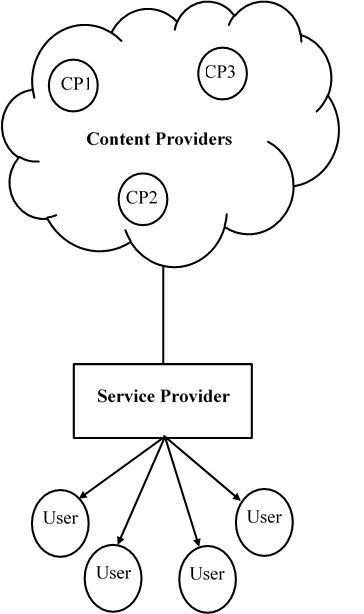- ALL COMPUTER, ELECTRONICS AND MECHANICAL COURSES AVAILABLE…. PROJECT GUIDANCE SINCE 2004. FOR FURTHER DETAILS CALL 9443117328


Projects > COMPUTER > 2020 > NON IEEE > APPLICATION
The cache can be partitioned into slices and each partition can be dedicated to a particular content provider or shared among a number of them. We propose utility-driven partitioning, where we associate with each content provide a utility that is a function of the hit rate observed by the content provider. We consider two scenarios: 1) content providers serve disjoint sets of files and 2) there is some overlap in the content served by multiple content providers. In the first case, we prove that cache partitioning outperforms cache sharing as cache size and a number of contents served by providers go to infinity. In the second case, it can be beneficial to have separate partitions for overlapped content. In the case of two providers, it is usually always beneficial to allocate a cache partition to serve all overlapped content and separate partitions to serve the non-overlapped contents of both providers. We develop online algorithms that dynamically adjust partition sizes in order to maximize the overall utility and prove that they converge to optimal solutions, and through numerical evaluations we show they are effective.
In the existing system a utility-driven cache partitioning approach to cache resource allocation among multiple content providers, where we associate with each content provider a utility that is a function of the hit rate to its content. A cache is partitioned into slices with each partition being dedicated to a particular content provider. We formulate an optimization Problem where the objective is to maximize the sum of weighted utilities over all content providers through proper cache partitioning.
In this project utility-driven partitioning, where we associate with each content provide a utility that is a function of the hit rate observed by the content provider. We consider two scenarios: 1) content providers serve disjoint sets of files and 2) there is some overlap in the content served by multiple content providers. We proposed utility-based partitioning of a cache among content providers, and formulated it as an optimization problem with constraints on the service provider’s cache storage size.
Architecture Diagram
